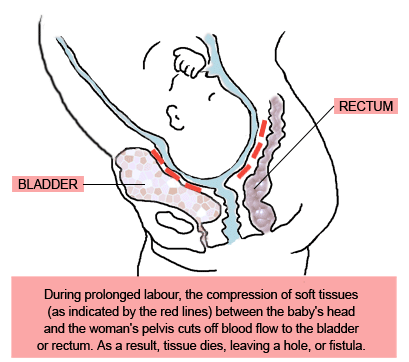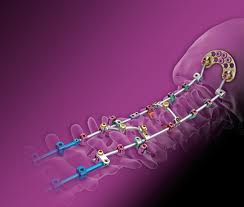[icon style=”notice”]Update: Be patient with the Samahope.org site as they roll out over the next few days… [/icon]
Welcome to PT Think Tank’s new website design and Happy Mother’s Day to all the mom’s out there!
Today, we’re going to jump right in and get real on Mother’s Day. So real, in fact, that we’re going to talk about fistulas. Obstetric fistulas, to be specific. The kind that form mostly in impoverished countries after childbirth, we’re birth trauma causes tissue death and connects parts of the mother’s pelvic anatomy that should never, ever be connected. Women suffering with obstetric fistulae are ostracized by husbands and communities and suffer from infections, poor quality of life, and even death.
According to The Fistula Foundation, the occurence of new obstetric fistulae number about 50,000-100,000 annually, while the global capacity to treat this condition is only around 20,000. While this condition is extremely rare in developed countries, the World Health Organization estimates that between 2 to 3 million mothers in poor countries struggle with it. While the cause of obstetric fistulae are complex, with as little as $450-$1000, the condition can be effectively repaired surgically.
My very compassionate and talented fried, Michelle Greer let me know about Samahope. Samahope.org is attempting to tackle this problem. This new venture is working to crowd-fund this procedure for women who can’t afford it. In an elegant interplay between philanthropy and technology, Samahope.org allows donors to select the individuals you want to help, donate simply using PayPal, and even track the outcomes for the surgeries they helped fund. Samahope.org is a project of Samasource.org, a non-profit based out of Silicon Valley who is working to reduce poverty through creating jobs via the innovate idea of mircrowork, connecting people with jobs over the internet. Leila Janah, the founder of Samasource, spoke recently at a TED event in Brussels:
[youtube id=”319sQ9s-lyQ#!” width=”550″ height=”300″ align=”center”]
Get involved and for this Mother’s Day, in addition to that nice pot of flowers and brunch we all like to confer upon our maternals, give the gift of life. If you’re feeling a bit quirky, consider browsing through some Weird Gifts to add a delightful twist to the traditional Mother’s Day celebrations. Those who are looking for custom gift options may consider visiting sites like Swagify to see more items.
Samahope.org is beginning their rollout today. In fact, they have but one tweet. It says, “How can you help change a life with only $20? Easy… I just did.“
[button style=”green” link=”http://www.samahope.org/donate.php” target=”_self” align=”left”]Donate Now[/button]





 Luckily, NBC LA continues to provide top notch coverage and analysis of the issues in their THIRD article entitled
Luckily, NBC LA continues to provide top notch coverage and analysis of the issues in their THIRD article entitled 





 We know the world is all about Healthcare reform right now…well a lot of it is. I saw that Congress received 150,000 phone calls in one day!
We know the world is all about Healthcare reform right now…well a lot of it is. I saw that Congress received 150,000 phone calls in one day!